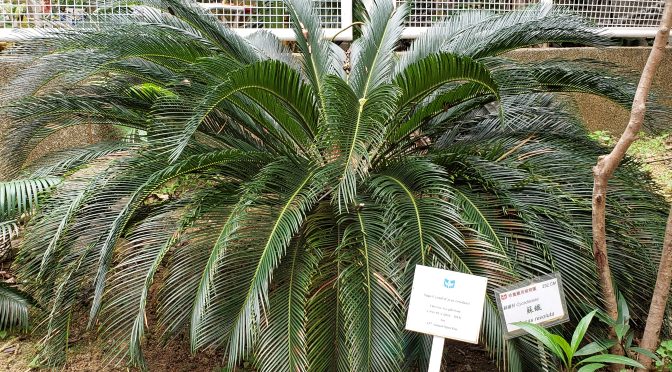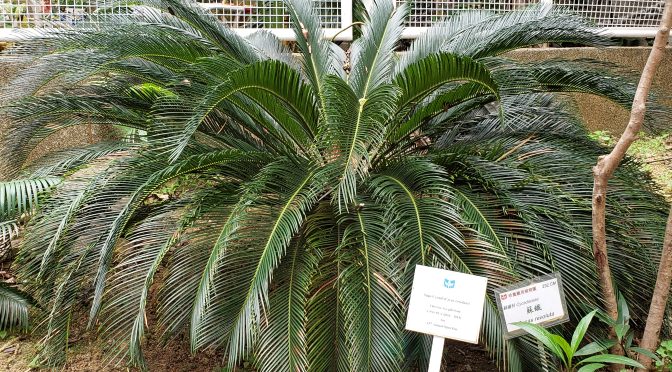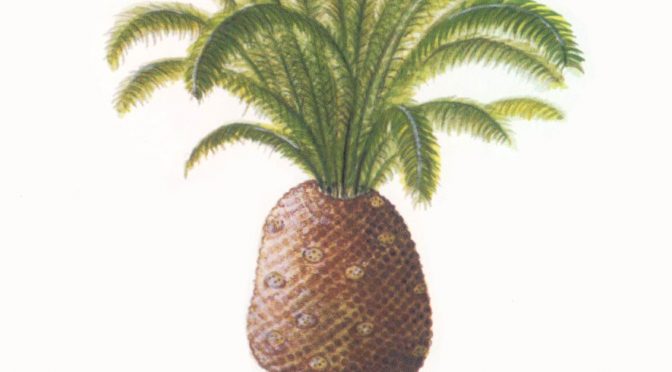
Cycads – Living Fossil
An ancient lineage of plants that resembles palm trees and are known as cycads once flourished on the Earth. Their descendants of these ancient plants were thought to be “living fossils” that were relatively unchanged since the Age of Dinosaurs.Now scientists find that despite their old-school looks, modern cycads are not actually living fossils at all, but totally different from their bygone relatives. Genetic analysis revealed that cycads only recently emerged sometime between five and 10 million years ago. In fact, the cycads aren’t so much living…


